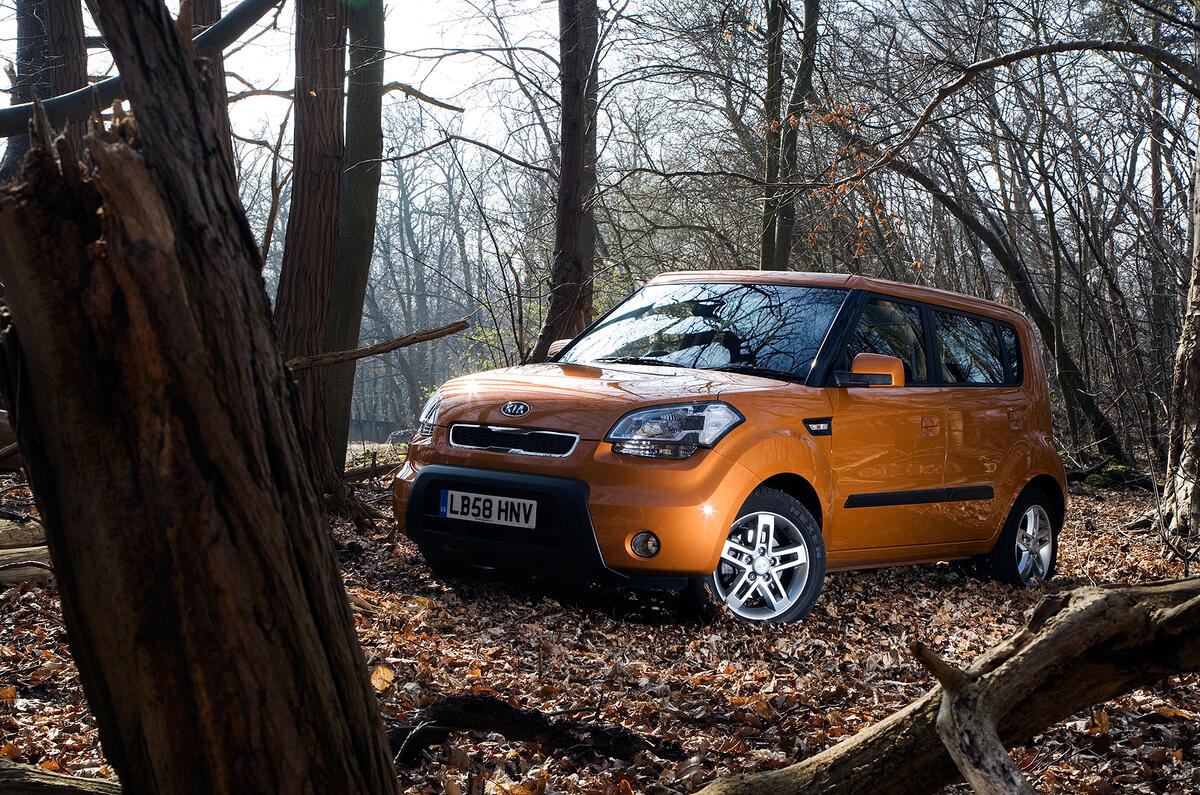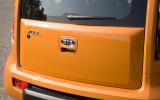Kia’s aim with the Kia Soul was to make a car that, for the first time in its history, had customers checking the colours and accessories before they checked the price. The Soul has broadly the same footprint as today’s oversized superminis but, being tall and square-cut, it has more interior space and an almost SUV-like presence.
Maybe that makes it more ‘urban’, an approach that the potent sound system and the accessory options build upon. The Soul is billed as a fashion object in the same vein as a Mini or a Fiat 500.
Kia has tried to keep the Soul current and cool by launching different special-edition models annually. We’ve had some cracking names so far, including Burner, Shaker and Searcher.
Question is: will the Soul be a car to make you do some soul searching of your own? Is there substance to match its bold looks?
















































